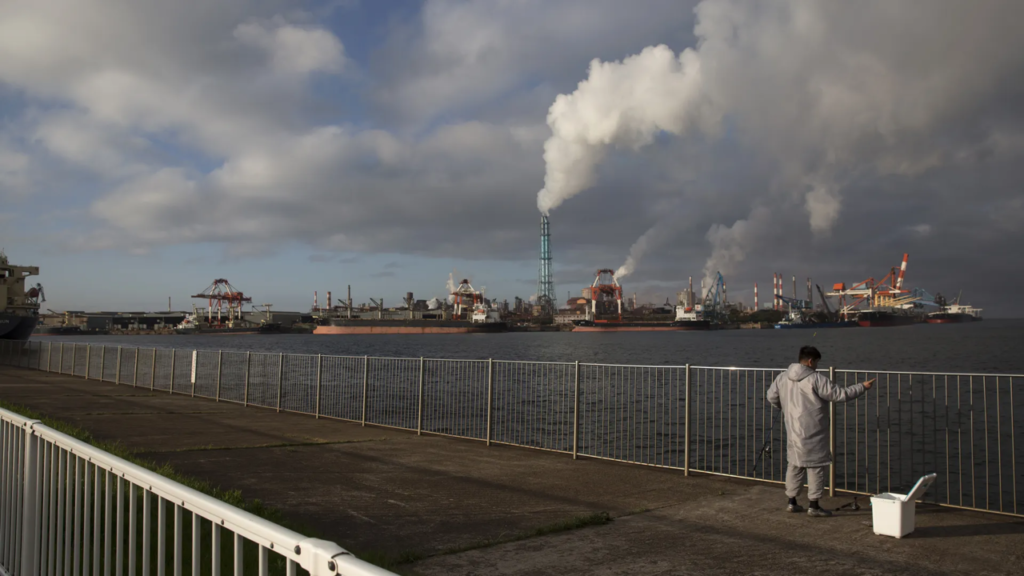Japan’s power sector is accelerating the phasing out of inefficient coal-fired plants to help reduce the country’s greenhouse gas emissions. But LNG-based gas-fired generation capacity is forecast to increase, at least over the next decade.
Availability of coal-fired capacity will fall to 49.95GW in the April 2033-March 2034 fiscal year, down by 4pc, or 2.26GW, from 2023-24, according to an annual survey by nationwide transmission system operator the Organisation for Cross-regional Co-ordination of Transmission Operators. The latest outlook is more aggressive compared with the previous year’s survey that showed the addition of coal-fired capacity by 290MW to 50.94GW during the 10 years to 2032-33.
No more new coal-fired power units are scheduled to be installed by 2033-34, after the 650MW Yokosuka No.1 and No.2 and the 500MW Saijo No.1 units began commercial operations in 2023. This suggests Japan’s coal demand for power generation will fall further from the 102mn t consumed in 2023, based on government data.
But gas-fired capacity in 2033-34 is predicted to increase by 5pc, or 4.12GW, from 2023-24 to 83.54GW. The power sector is planning to start up 13 new gas-fired units with a combined capacity of 6.414GW during the period, while scrapping 2.295GW. Japanese power producers used 37.17mn t of LNG in 2023.
The addition of gas-fired capacity will help increase Japan’s overall thermal power capacity to 149.46GW in 2033-34, up by 660MW from 2023-24, offsetting falls in coal- and oil-fired capacity. Oil-fired capacity is expected to drop by 1.19GW to 15.98GW during the period.
But thermal capacity in 2033-34 could be well below Japan’s renewable power generation capacity, which is predicted to increase to 178.03GW by then, up by 29pc or 40.5GW from 2023-24. Renewables include hydroelectric, wind, solar, geothermal, biomass, waste and storage battery power sources. The power sector is boosting renewables capacity, especially solar and wind, up by 25.9GW to 100.55GW and by 12.36GW to 17.98GW respectively over the next decade.
Japan’s overall power generation capacity is predicted to be 361.16GW in 2033-34, assuming 33.08GW of nuclear capacity will be available. This could meet expected peak demand of 161GW in the same year, up by 3GW from 2024-25. The firm power demand will be supported by Tokyo’s digital push, although a falling population and further energy saving efforts will erode electricity consumption.
By Motoko Hasegawa
Source: Argus Media










